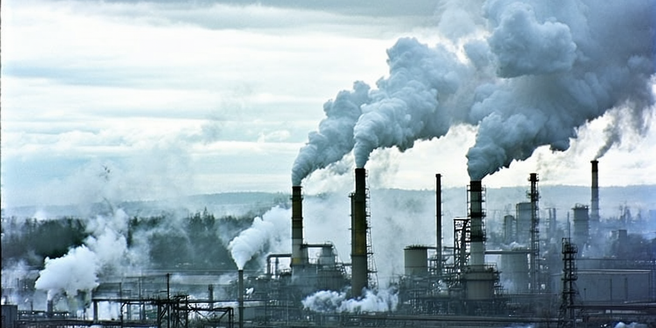
What is the Air Quality Index (AQI)?
The Air Quality Index (AQI) is a standardized system used globally to quantify the state of air quality in specific locations. It provides a universal metric that helps convey air pollution levels to the public. The index ranges from 0 to 500, where higher values indicate poorer air quality and greater potential health risks. The AQI is calculated based on the concentration of several key pollutants, including particulate matter (PM2.5 and PM10), ozone, sulfur dioxide, nitrogen dioxide, and carbon monoxide. By translating complex data into an easily understandable format, the AQI enables people to make informed decisions about outdoor activities and precautions, especially those with pre-existing health conditions who may be more vulnerable to poor air quality.
How AQI is Measured and Calculated
The AQI is calculated using data collected from air quality monitoring stations equipped with sensors to measure pollutant concentrations. These pollutants include particulate matter (PM10 and PM2.5), ozone, sulfur dioxide, nitrogen dioxide, and carbon monoxide. Each pollutant is given a sub-index value based on its concentration over a given period. The highest sub-index value among these pollutants determines the overall AQI. For instance, if ozone has the highest sub-index at a particular time, it sets the AQI for that location. This calculation method underscores the importance of monitoring multiple pollutants since each can impact health differently. Additionally, meteorological factors such as temperature and wind speed are considered when interpreting AQI data.
The Health Impacts of Various AQI Levels
Understanding the health impacts of various AQI levels is crucial for public awareness and safety. AQI levels are categorized into color-coded bands, each representing a different health concern level. 0-50 is considered good, posing minimal health risks. 51-100 is moderate, and sensitive groups might experience effects. 101-150 causes unhealthy effects for sensitive groups, while 151-200 impacts everyone to some extent. Levels 201-300 are very unhealthy, prompting health warnings, and 301-500 are hazardous, necessitating emergency measures. Prolonged exposure to poor air quality can exacerbate respiratory conditions, cardiovascular diseases, and even lead to premature death. Hence, understanding these levels helps individuals and communities take timely precautions to mitigate health risks.
Key Pollutants Affecting Air Quality
Several key pollutants significantly affect air quality and human health. Particulate matter (PM10 and PM2.5), tiny particles or droplets suspended in the air, can penetrate deep into the lungs and even enter the bloodstream, causing various respiratory and cardiovascular problems. Ground-level ozone, a reactive gas resulting from industrial emissions and sunlight, can aggravate asthma and reduce lung function. Nitrogen dioxide, primarily emitted from vehicles, contributes to respiratory issues and can exacerbate existing heart conditions. Sulfur dioxide, from fossil fuel combustion, can cause respiratory distress, particularly for those with asthma. Carbon monoxide, a colorless, odorless gas, impairs oxygen delivery within the body, affecting the cardiovascular and nervous systems. Addressing these pollutants is crucial to improving air quality and protecting public health.
Global Standards for Air Quality Monitoring
Global standards for air quality monitoring ensure a consistent approach to measuring and reporting air pollution levels worldwide. Organizations like the World Health Organization (WHO) set guidelines on acceptable concentrations for various pollutants, aiming to safeguard public health. Many countries adopt these standards, tailoring them to regional needs while ensuring data comparability. Monitoring stations equipped with advanced sensors measure pollutants like PM2.5, PM10, ozone, nitrogen dioxide, sulfur dioxide, and carbon monoxide. Data from these stations are used to calculate the Air Quality Index (AQI), providing accessible information to the public. Advances in technology, such as satellite monitoring and mobile sensors, enhance the scope and precision of air quality data collection, allowing for more effective policy-making and public awareness campaigns.
Tips for Staying Safe During Poor AQI Days
During days when the AQI is poor, taking precautions can protect your health. Limiting outdoor activities, especially strenuous exercises, is crucial as they increase the inhalation of harmful pollutants. Keeping windows and doors closed helps prevent outdoor air from entering your home. Using air purifiers indoors can improve air quality by filtering out pollutants. Those with respiratory or heart conditions should consult healthcare professionals for personalized advice and ensure they have access to medications. Staying informed through local air quality reports enables timely decisions about outdoor engagements. Wearing masks specifically designed to filter out pollutants can also provide some protection when going outside is unavoidable. These steps are vital in reducing exposure and safeguarding health during high pollution episodes.
